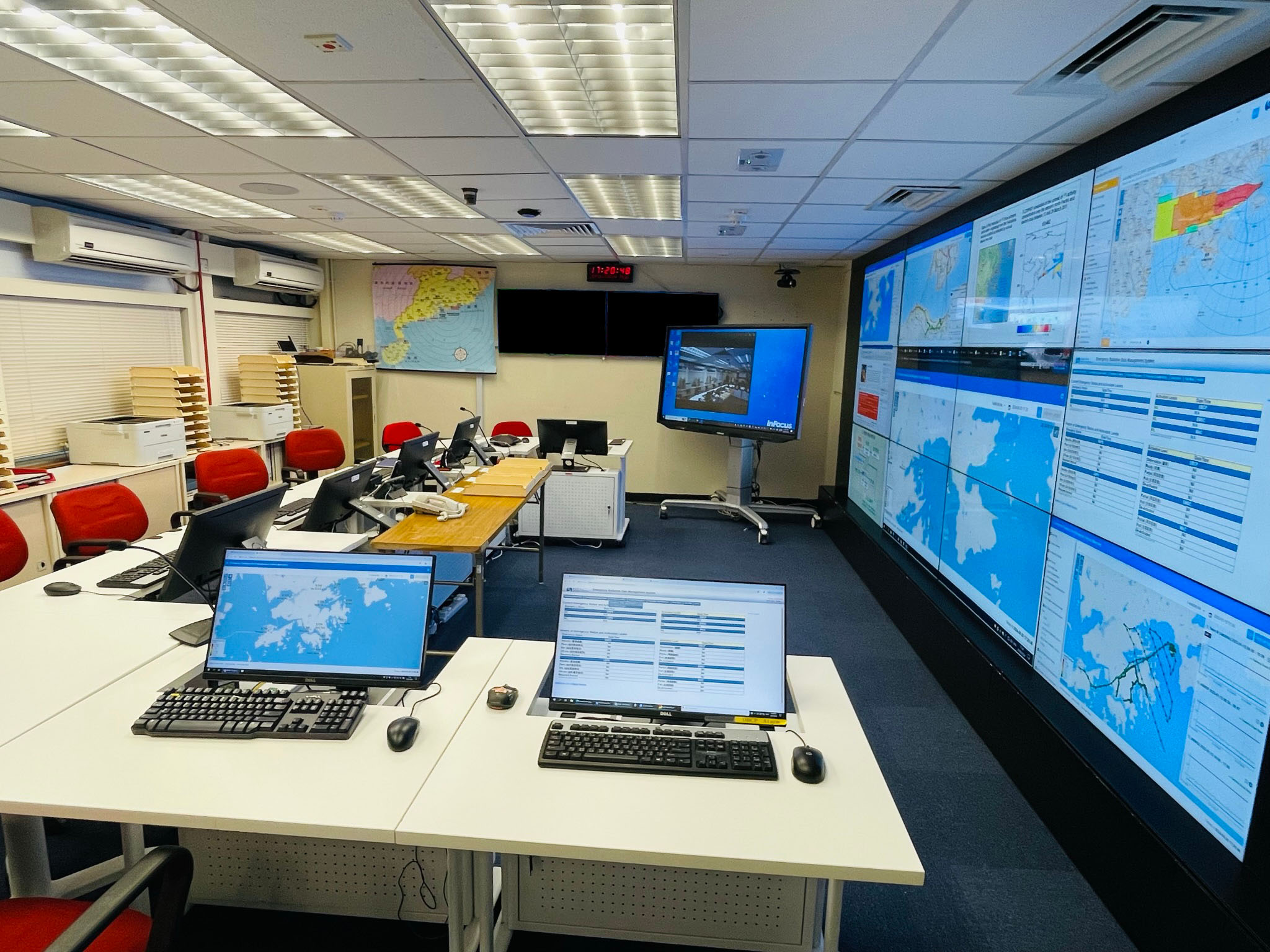Always Stand Ready - Radiation Monitoring and Assessment Centre
Always Stand Ready - Radiation Monitoring and Assessment Centre
LAU Po-wing
July 2024
The Government of the Hong Kong Special Administrative Region has established the Daya Bay Contingency Plan (DBCP) in response to any accidents in Daya Bay Nuclear Power Stations and other nuclear power stations further away from Hong Kong to safeguard public health and safety. Although the chance of a nuclear accident is very remote, in the unlikely event of a nuclear accident or a suspected nuclear accident, related bureaux and departments are required to take necessary actions in accordance with the DBCP. Depending on the actual situation, the Observatory will activate the Radiation Monitoring and Assessment Centre (MAC) at the Observatory Headquarters to conduct emergency radiation monitoring and consequence assessment work round the clock.
The operation of MAC is directed by the MAC controller. The survey coordinator and assistant coordinator are responsible for planning and organising different tasks including emergency radiological surveys and sampling, directing the work of the King’s Park Radiation Laboratory, monitoring radiological measurement data, and liaising with various departments involved in the monitoring of air, food, livestock, drinking water and sea water, so as to keep updated on the latest environmental radiation levels in Hong Kong. Meanwhile, the incident assessor and assistant assessor are responsible for analysing all radiological and meteorological information, and assessing the potential radiological consequences of an accident. The MAC controller also has to liaise with Security Bureau, Electrical and Mechanical Services Department, Department of Health as well as relevant departments and organisations to provide recommendations on countermeasures and latest situation reports.
To facilitate the operations of emergency staff, MAC is equipped with a video wall presentation system to display real-time environmental radiation data measured by the radiation monitoring network, mobile and aerial radiation monitoring systems as well as information from the Emergency Radiation Data Management System and Accident Consequence Assessment System, etc. When necessary, communications among relevant staff can be achieved via a video conferencing system.
There also exist MAC supervisor and supporting staff for monitoring all message exchanges, updating latest situations from various Government departments, and providing technical support for systems, so as to ensure smooth operation of MAC.
Regardless of the very remote chance of Hong Kong being affected by a nuclear accident, the Observatory’s staff carry out drills and exercises on a regular basis in order to get ready for operations at all times.

Figure 1 The Observatory’s Radiation Monitoring and Assessment Centre.

Figure 1 The Observatory’s staff carrying out drill, simulating the event of a nuclear accident and practising necessary actions.